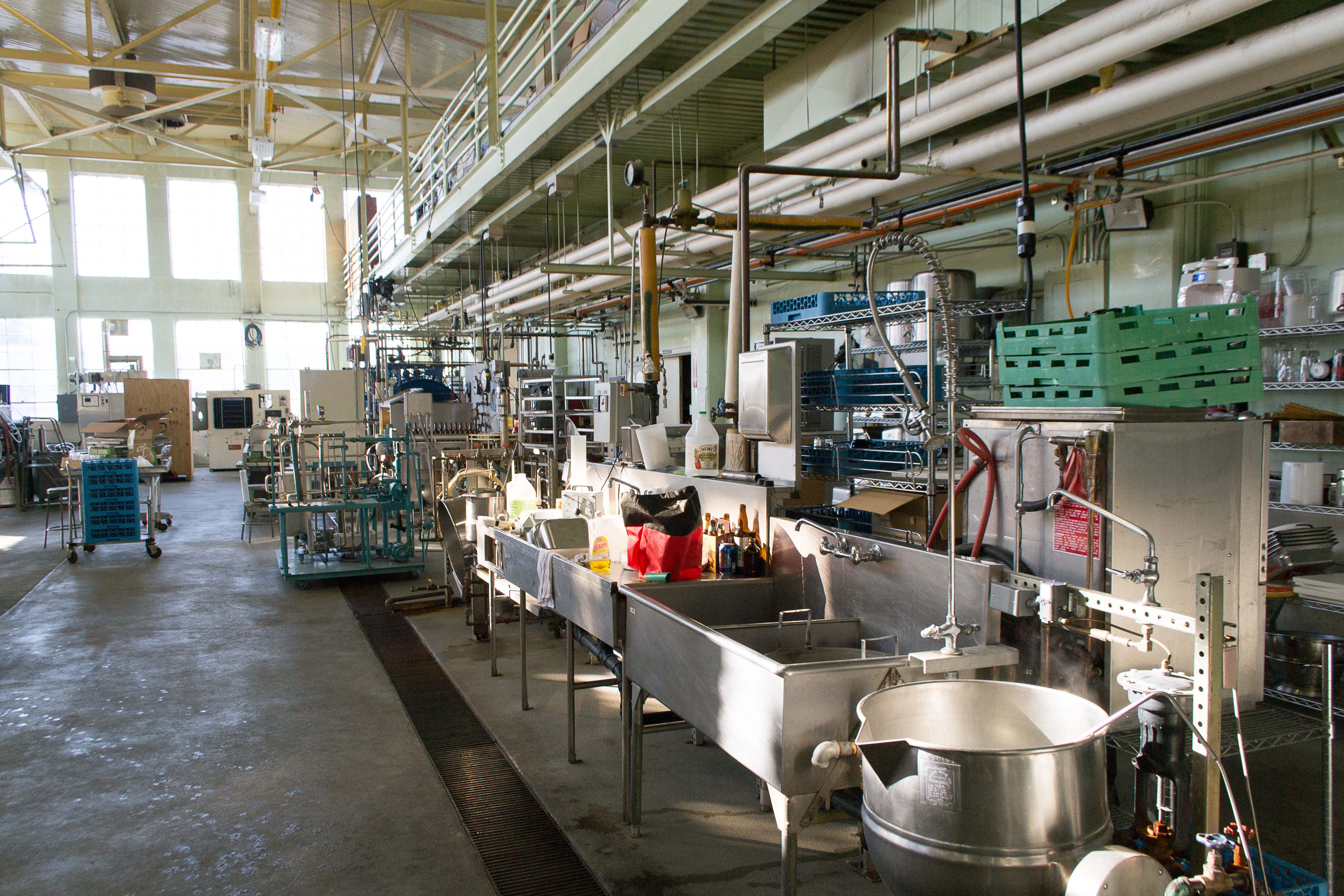
Photo from academic.microsoft.com
This work aimed at studying the influence of baking temperature and formulation on the formation of undesirable Maillard compounds called neoformed contaminants (NFC) in a model cookie system. Four NFCs… Click to show full abstract
This work aimed at studying the influence of baking temperature and formulation on the formation of undesirable Maillard compounds called neoformed contaminants (NFC) in a model cookie system. Four NFCs were observed as furosine (FUR), carboxymethyllysine (CML), hydroxymethylfurfural (HMF) and acrylamide (ACR) for three baking temperatures - 150, 200 and 230 degrees C - and three recipe variables as sugar type, fat saturation level and leavening agent. The results showed significant accumulation of all neoformed contaminants along baking with specifically strong temperature dependence for HMF and ACR while CML and FUR were more time dependent. The type of sugar used is determinant regarding NFC formation: glucose tends to generate more HMF than sucrose at low baking temperatures and more CML whatever the baking temperature. The substitution of sugar by a sugar alcohol like maltitol, allows strongly limiting HMF production. Surprisingly, no promoting effect of ammonium carbonate on ACR could be evidenced.
Journal Title: Czech Journal of Food Sciences
Year Published: 2018
Link to full text (if available)
Share on Social Media: Sign Up to like & get
recommendations!